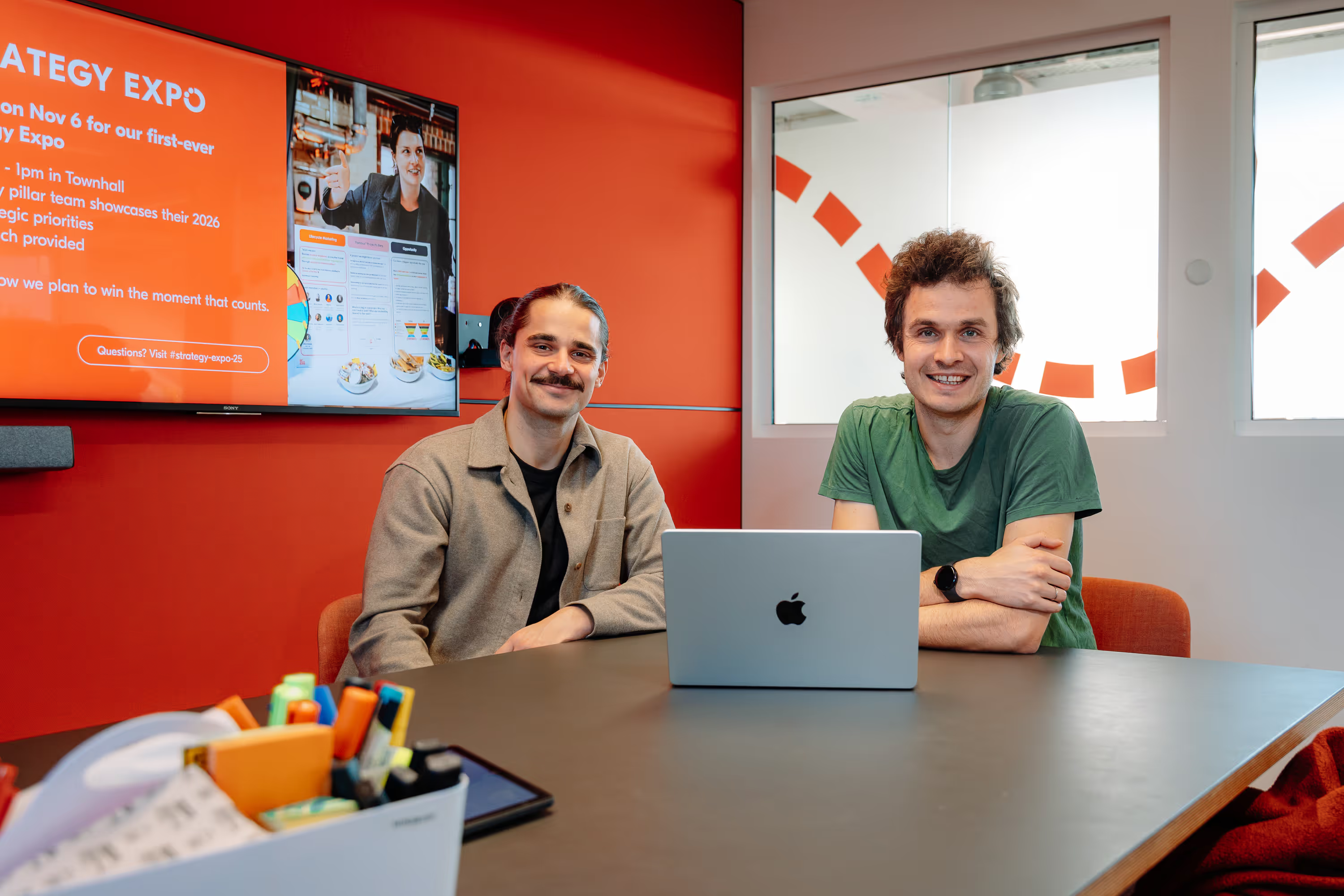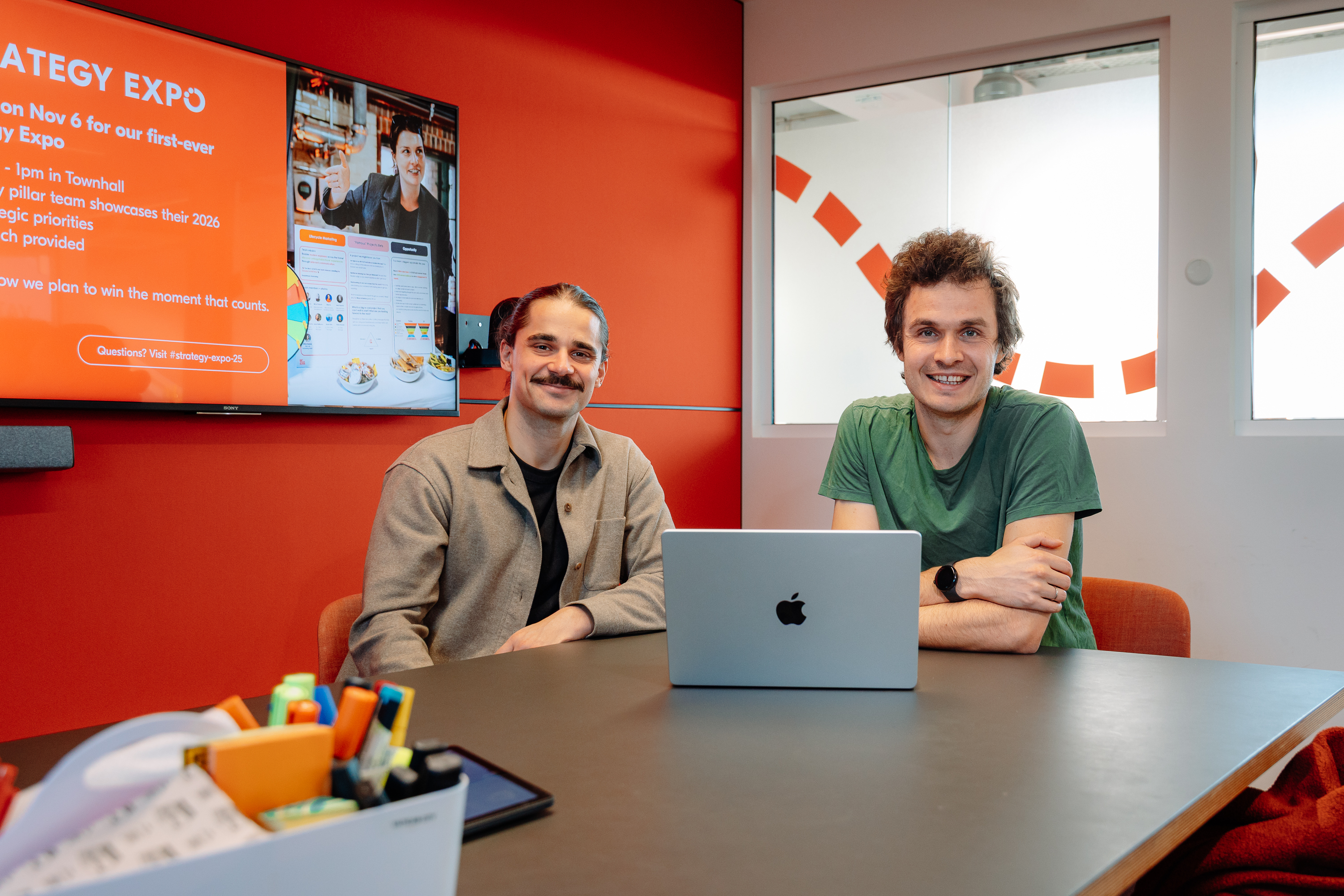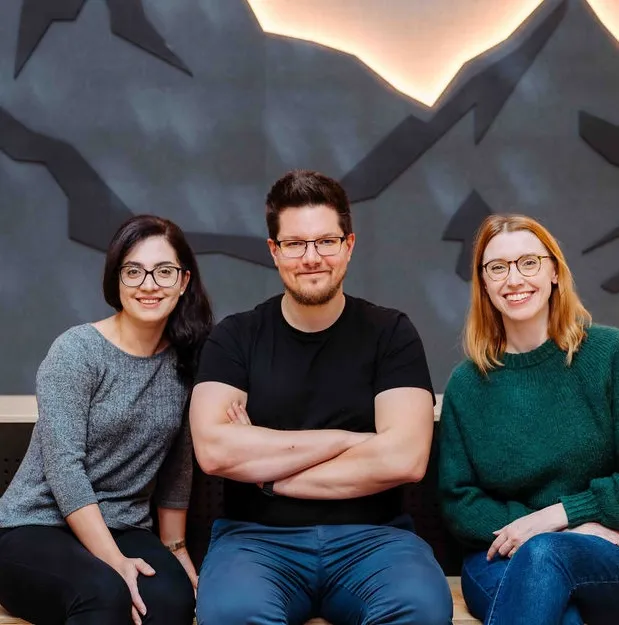4 Guiding Design Principles for Any User Group
I have been working at GetYourGuide as a Product Designer for a year and a half and have worked on two different mission teams so far.

Key takeaways:
Frédéric Dith, Product Designer, has worked on two mission teams dedicated to two very different user groups: customers and suppliers. Designing for these two different user groups, he discovered 4 design principles that guide the work of a Product Designer no matter the user.
{{divider}}
Intro
I have been working at GetYourGuide as a Product Designer for a year and a half and have worked on two different mission teams so far. I started in the Customer Excellence team, whose mission is to increase our customers' satisfaction with their experience and guarantee they book with GetYourGuide the next time they travel. I then moved to the Supply Tools and Catalog team last September and quickly realized this new team operated on a totally different level. The mission of the Supply Tools and Catalog team is to provide our suppliers (e.g. a museum or activities provider) with the tools they need to create, maintain, and advertise their activities on our platform. The primary user is different, the needs and goals are different, the measurements are all different, and the list goes on.
When I decided to change teams, I took it as an opportunity to explore a different side of the business. I had a little experience working on B2B products before, but not at this scale. In the past 6 months working on this new team, I have gathered many learnings.
Having worked extensively on the customer-side of a business, it was interesting to see the similarities and differences when designing for the supplier-side. In the end, I realized they are not so different at all.
By working on both sides, I learned:
Design will always be about the user.
My previous mission team was focused on customer loyalty and satisfaction. We were trying to make sure travelers were provided with all the information they needed in order to take part in their activity. Working closely with Customer Service operations helped us a lot in understanding what made our customers happy and unhappy, and we often used their data to prioritize our initiatives.
In my current mission team, our primary user is a tourism industry professional who wants to advertise and sell tours on our platform. We are trying to ensure they are able to register by themselves, create an activity, and manage the availability of their tour or activity with the tools we provide. Working with Supply Operations gives us a detailed picture of what the suppliers are happy and unhappy about, and we are currently using these insights to prioritize our next projects.
Different user, same approach.
While your primary user can be completely different from one mission to another, the user should always be in the center of your thinking. Always ask how you can create value for them. This is a constant focus in product design that, regardless of the type of business you’re serving, doesn't change. If you don’t have easy or direct access to the end-user, reach out to the people who do, and ask for their help. Having a user-centric framework and aligning your team’s focus on this framework can take you very far.
Data will always be a reliable source of insights.
Moving to a new team meant monitoring and focusing on new metrics. With the Customer Excellence team, our most important day-to-day metrics were related to customer service and operations activity. After a couple of months, I became very familiar with these metrics and was able to help my team measure the impact of our initiatives.
When I moved to the Supply Tools team, I needed some time to get up-to-speed on this side of the business, to understand the new datasets and new patterns (volumes, frequency, seasonality, etc.). The tools used by our suppliers do not follow the same patterns as our customer-facing tools because their needs and goals are totally different. It took me some time to get used to the new patterns and metrics, but once I had access to the main metrics most helpful to me, I quickly gained a better understanding of the space in which we were operating.
In my previous team, I got to learn how to use tools like Looker to look at data by myself, and I’m happy to continue doing so on my new team. I’ve also been spending some time in Google Analytics lately to understand in more detail how our suppliers are using the tools we build for them. It’s important to acquire a certain level of independence: if you become comfortable with looking and analyzing numbers, you will be able to use this skill in any team, regardless of who you’re designing for.
Understanding your team's context is key to being relevant.
Different mission teams need different contributions from design. Some teams are focused on very specific user journeys, and are accustomed to an approach that allows for optimization at a very quick pace. A team like this benefits from design work that is focused on fast iterations and learnings. Other teams, however, need to cover much longer or broader user journeys, and are heavily involved in systems’ infrastructure and health. In a team like this, the contribution from design is radically different, and is likely focused on building strong foundations, or simply getting a better understanding of what’s going on, with qualitative or qualitative research, before moving forward with iterative work.
As a designer, it is important to be aware of your team’s maturity before stepping in and proposing radical changes. My advice here is simply to ask questions:
How does the team work?
What’s the team drive?
What does the team need from me?
Which areas can I contribute to?
Then, listen and observe the ways the team currently works. While you may have million of ideas around, “how to make this look better or more usable,” it might not be what the team needs from you at this moment.
”Connecting the dots” is essential to good design work.
How we ask a supplier to input information is reflected directly in the way it is displayed to a traveler. The amount and quality of information provided by a tour operator when they create a product will have an impact on how confident a traveler is when booking a tour. The way we manage an activity’s availabilities impacts a traveler’s holiday planning. When we ask a supplier what the customer needs to know before they travel, their answer can either bring clarity or confusion to a traveler. The reviews left by travelers are a source of insights for any tour operator. The list goes on and on.
Switch teams and working on both sides of the product helped me understand some complex relationships which are not visible on the surface. Some of these connections are invisible until you take the time to understand how things are connected or stumble upon them during your research work. While everything you’re doing doesn’t necessarily have an immediate impact, you’ll realize the first step towards a better design is simply finding these relationships and connections. Once you discover them, they can become very valuable pieces of knowledge in your team and other team’s work.
The invisible piece of design work.
Working on both sides of the business reinforced my idea that product design actually happens way before the final visual, and that it can be impacted in many different ways. Highlighting the connections between the suppliers’ and the customers’ respective journeys and trying to find where our work can create value for both of them is something I did not think I could reach just a couple of months ago.
If you’re ever asked to jump in a problem space you are not familiar with, take it as an opportunity to test your capacity to adapt and expand your knowledge of the business in general. The process can take some time, and the effects might not be visible right away. But, if you keep pushing for a better understanding of your primary users, you'll end up more informed and able to craft better solutions.
Thank you, Frédéric, for sharing your learnings. Interested in joining our team of Product Designers? Check out our open positions.


.jpg)



